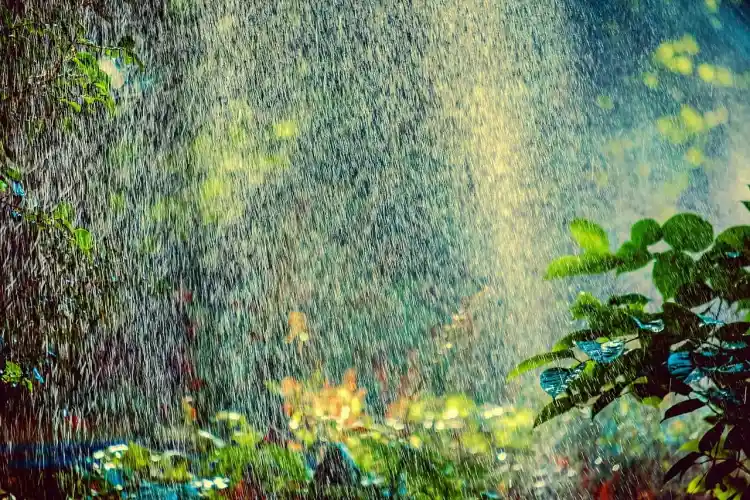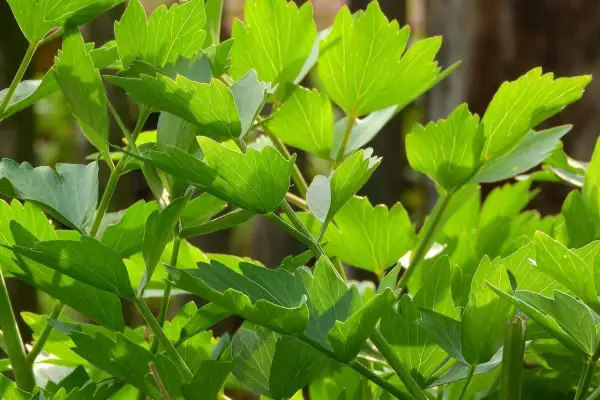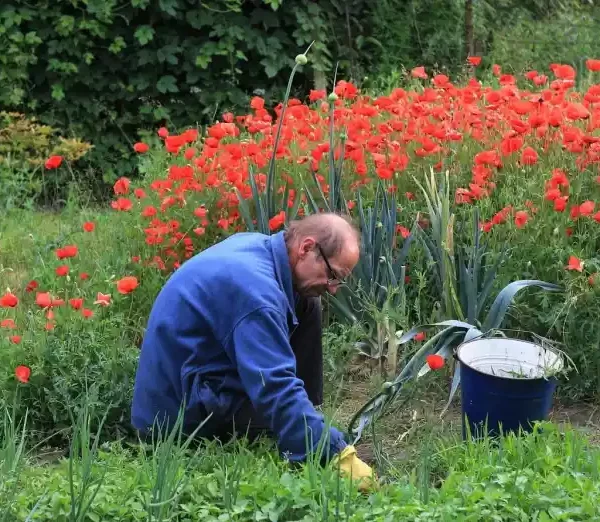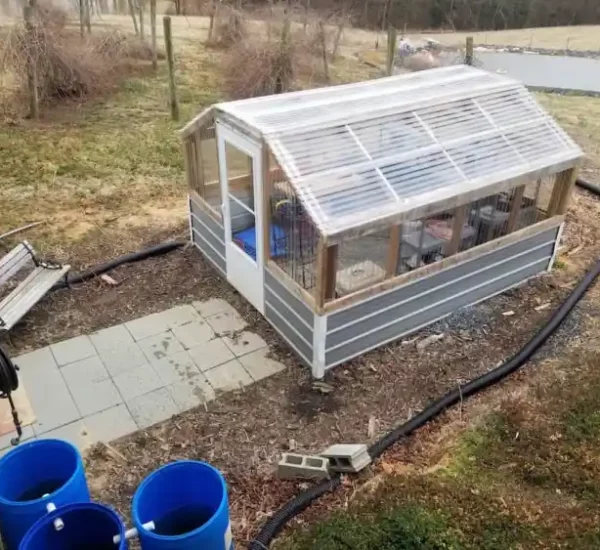Introduction
When it comes to irrigating your garden or landscape, choosing the right system is crucial for efficient water management and plant health. Sprinkler systems and drip irrigation are two common methods used for watering plants, each with its own set of advantages and disadvantages. In this expert guide, we’ll explore the pros and cons of sprinkler systems and drip irrigation, helping you make an informed decision for your watering needs.
Sprinkler Systems
Pros
- Wide Coverage: Sprinkler systems are ideal for watering large areas, providing uniform coverage across a wide area.
- Ease of Installation: They are relatively easy to install and can be customized to fit the specific layout of your garden or landscape.
- Versatility: Sprinkler systems can be programmed to water at specific times and durations, offering flexibility and convenience for homeowners.
Cons
- Water Loss: Sprinkler systems are prone to water loss due to evaporation and wind drift, especially in windy or hot climates.
- Overhead Watering: They can lead to water waste and inefficient watering practices, as water may be sprayed onto non-target areas such as sidewalks or driveways.
- Potential for Disease: Overhead watering can increase the risk of fungal diseases, as moisture may accumulate on plant foliage, promoting fungal growth.
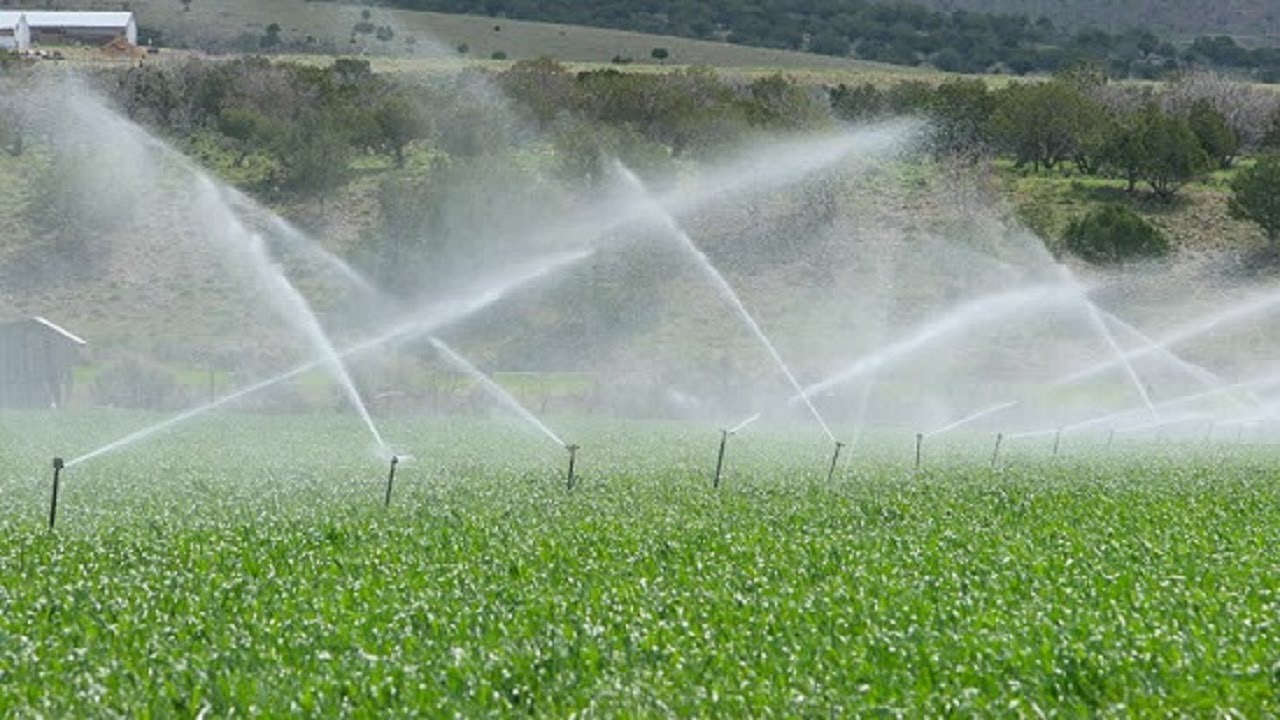
Drip Irrigation
Pros
- Water Efficiency: Drip irrigation delivers water directly to the root zone of plants, minimizing water loss due to evaporation and runoff.
- Precise Watering: It allows for precise control over water delivery, ensuring that plants receive the right amount of water they need without wastage.
- Conservation: Drip irrigation promotes water conservation by using water more efficiently, making it an environmentally friendly option for gardeners.
Cons
- Initial Cost: Drip irrigation systems may have a higher initial cost compared to sprinkler systems, as they require specialized components such as emitters, tubing, and filters.
- Clogging: The small openings in drip emitters are susceptible to clogging from sediment or debris in the water, requiring regular maintenance and cleaning.
- Complexity: Drip irrigation systems can be more complex to install and maintain, requiring careful planning and attention to detail to ensure proper functioning.
Conclusion
Both sprinkler systems and drip irrigation have their advantages and disadvantages, and the best choice depends on factors such as the size and layout of your garden or landscape, water availability, and personal preferences. While sprinkler systems offer wide coverage and ease of installation, drip irrigation excels in water efficiency and precise watering. By weighing the pros and cons of each system, you can make an informed decision that meets your watering needs while promoting sustainable water management practices in your garden or landscape.
What are sprinkler systems and drip irrigation?
Sprinkler systems are irrigation systems that use overhead sprinklers to distribute water over a designated area, while drip irrigation involves the slow, precise delivery of water directly to the root zone of plants through a network of tubing and emitters.
What are the main differences between sprinkler systems and drip irrigation?
Sprinkler systems provide wide coverage and are ideal for watering large areas, while drip irrigation delivers water directly to plant roots, promoting water efficiency and minimizing wastage.
What are the advantages of sprinkler systems?
Sprinkler systems are relatively easy to install, offer wide coverage, and can be programmed for specific watering schedules, providing convenience for homeowners and gardeners.
What are the disadvantages of sprinkler systems?
Sprinkler systems are prone to water loss due to evaporation and wind drift, may result in uneven watering, and can increase the risk of fungal diseases from overhead watering.
What are the advantages of drip irrigation?
Drip irrigation promotes water efficiency by delivering water directly to plant roots, reduces weed growth and soil erosion, and allows for precise control over water delivery, minimizing wastage.
What are the disadvantages of drip irrigation?
Drip irrigation systems may have a higher initial cost compared to sprinkler systems, require regular maintenance to prevent clogging of emitters, and can be more complex to install and manage.
Which irrigation method is better for water conservation?
Drip irrigation is considered more water-efficient than sprinkler systems, as it delivers water directly to the root zone of plants, minimizing water loss due to evaporation and runoff.
Which irrigation method is more suitable for sloped landscapes?
Drip irrigation is often preferred for sloped landscapes, as it allows for precise water delivery and reduces the risk of soil erosion compared to sprinkler systems, which may lead to runoff on slopes.
Can both sprinkler systems and drip irrigation be used in the same garden?
Yes, homeowners and gardeners can use a combination of sprinkler systems and drip irrigation to maximize water efficiency and meet the specific watering needs of different areas within the garden or landscape.
How do I decide between sprinkler systems and drip irrigation for my garden?
The choice between sprinkler systems and drip irrigation depends on factors such as the size and layout of your garden, water availability, plant types, and personal preferences. Consulting with a landscaping professional can help you make an informed decision based on your specific needs and circumstances.
- Explore THC Infused Drinks in New York - May 9, 2025
- The Latest in THC Seltzers Across Texas - May 9, 2025
- Top THC Infused Drinks Available in Oklahoma - May 9, 2025

